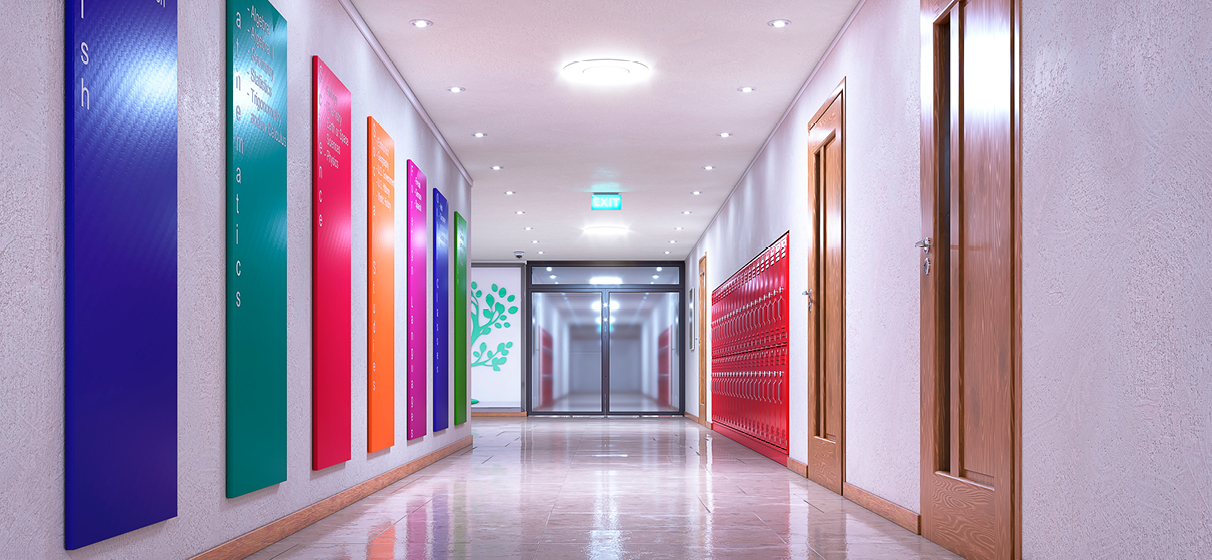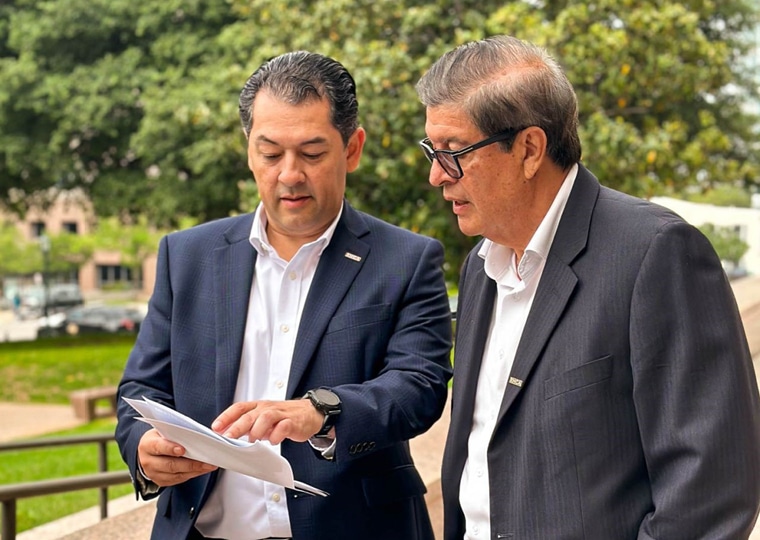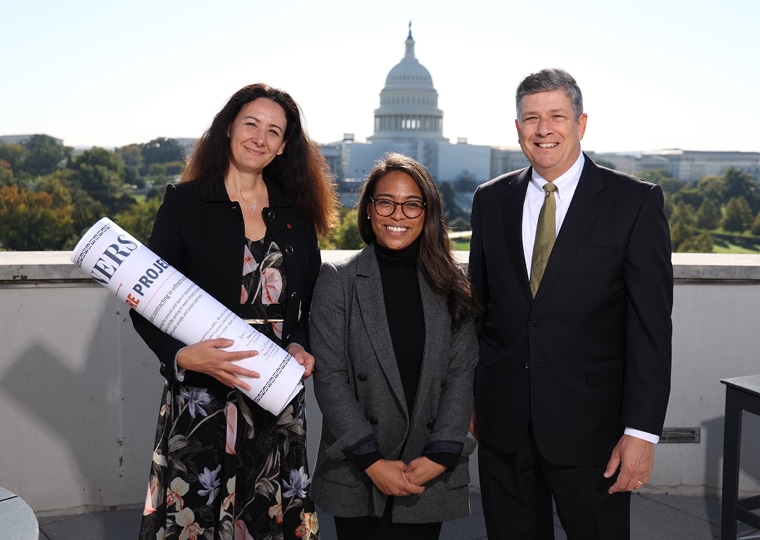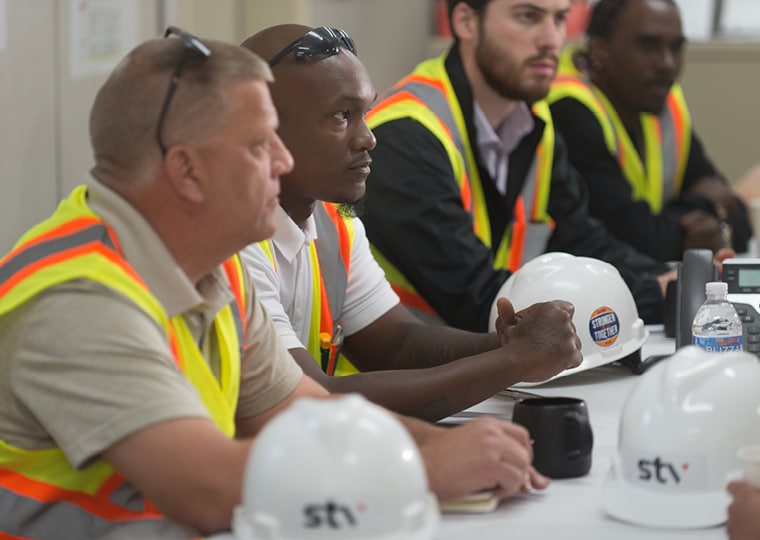As a team dedicated to delivering K-12 construction projects, we have a unique opportunity to shape the spaces where students spend their days, directly influencing their learning experience and overall well-being.
In honor of Pride Month, I want to reflect on how our role as project and construction managers is crucial in creating inclusive environments where LGBTQ+ youth feel safe, respected and empowered to embrace their identities. Personally, as an advocate for K-12 districts and their students, and as the stepparent of a trans student, this work holds profound significance for me.
Inclusive facilities are not just about social support – they are essential for academic success. Research highlights the significant negative impacts on LGBTQ+ students’ academic performance and mental health when they face discrimination and lack of affirmation. For instance, a 2019 study in the American Journal of Preventive Medicine found that LGBTQ+ youth had higher rates of absenteeism, lower GPAs and a higher risk of dropping out compared to their non-LGBTQ peers, directly linked to experiences of victimization. Additionally, the 2017 GLSEN National School Climate Survey revealed that 59.5% of LGBTQ students felt unsafe at school due to their sexual orientation, and 44.6% because of their gender expression.
Given these statistics, districts are looking at their facilities with an eye for inclusion more than ever. Earlier this year, Governor Jay Inslee of Washington State signed five bills into law, building on work started in 2015 to protect students from harassment and discrimination based on gender identity or expression. Many Washington cities have expanded upon these protections to include directives for school districts to update existing facilities and incorporate gender-neutral restrooms, private changing areas, counseling services and other inclusive amenities in new construction. While this is a significant legislative victory for many cities, the real challenge lies in translating these policies into physical school environments. This task requires thoughtful community engagement to ensure all voices are heard and securing adequate funding resources, demanding expert guidance to overcome.
At STV, we are thrilled by the opportunity to create learning environments that enhance safety and acknowledge every student’s identity. Gender-affirming restrooms are one of the most impactful changes, but also pose the greatest logistical complexity and budget need. Whether modifying existing facilities, providing full-privacy restrooms or enhancing stall partitions for increased privacy and security, retrofits significantly improve safety and accessibility for all students.
Our Approach: From Pre-Planning to Post-Completion
Comprehensive K-12 Capital Project Advisory: STV offers extensive advisory services to guide clients through complex inclusive design projects from start to finish. Our expertise ensures that all aspects of the project are thoughtfully planned and executed.
Change Management: Our PM/CM team employs a robust change management framework and tools that include community outreach, leadership collaboration and data collection through comprehensive assessments. This approach ensures we develop customized solutions that address complex issues while considering every stakeholder’s voice.
Comprehensive Project and Construction Management: Effective project management is crucial for managing school budgets, ensuring every dollar counts and maximizing the project scope. Great project managers create schedules that minimize impacts on students and budgets that maximize scope.
Community Engagement Expertise: Often, the most overlooked stakeholders provide the most valuable insights. Maintenance teams, support staff and IT teams are essential in ensuring the final design is functional and sustainable. Students from all grade levels, orientations and identities offer invaluable perspectives, highlighting issues they face daily, such as accessing restrooms during class transitions.
Combining community input with comprehensive building assessments, we determine the best path forward for creating inclusive facilities. These assessments evaluate accessibility for individuals with disabilities, incorporate private changing stalls and single-occupancy restrooms, and ensure facilities where every student feels safe. We also ensure compliance with local and state regulations regarding gender identity and expression, resulting in customized solutions for each site and district community.
Grant Funding Access and Cash Flow Management: Federal and state grants are often available, but districts may lack the resources to secure them. STV’s infrastructure economics team bridges this gap by providing tailored grant advice to align opportunities with project needs, simplifying the process to maximize potential funding opportunities for school districts.
Post-Occupancy Evaluation and Reporting: Achievement in any project is defined by its impact. We track the performance of new facilities to gauge the success of our work. Effective implementation of inclusive restrooms results in safer environments, shorter waiting lines, fewer closures due to maintenance and less need for monitoring—allowing teachers and staff to focus on education. We use measurable results to guide our best practices and inform recommendations for future projects. By addressing the needs of the most vulnerable, we create spaces that benefit everyone.
As the need for gender-affirming spaces grows, our team is ready to develop frameworks and tools to identify and address barriers impeding student achievement in their learning and recreational spaces.
The Journey Ahead: As LGBTQ+ rights continue to advance, so must the spaces where all students learn. I am proud to work for a company at the forefront of this important work, creating gender-affirming environments that send a powerful message: you are safe, you are seen, you belong here. When we live these values through the facilities we build and manage, we strengthen communities and open doors to unbounded human potential.








